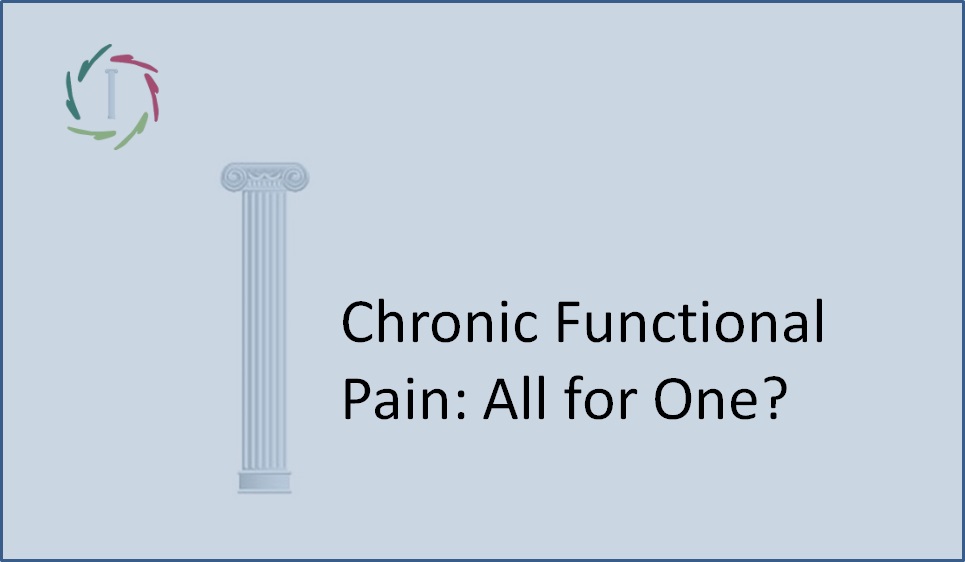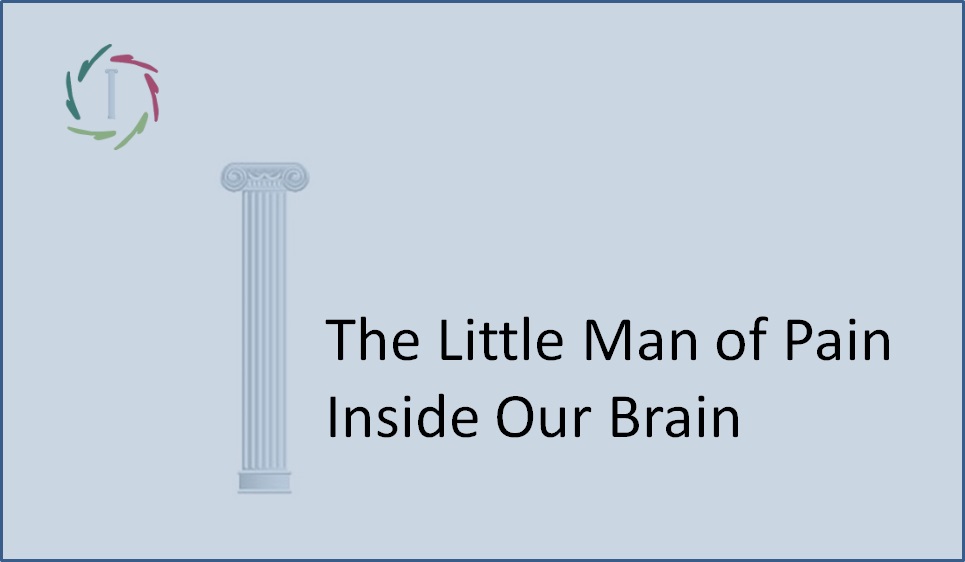How to Give Attention to Your Pain

Crucial in this is not the attention by itself, but its many characteristics.
The primary emotion behind pain is frequently the perception of some threat to which the pain mobilizes a reaction. In acute pain, the reaction involves paying attention to the pain while pulling away from the threat.
In chronic pain, the threat is more frequently symbolic, therefore, possibly related to many elements simultaneously in which anxiety – of a symbolic threat – may play a substantial role. This all makes depth relevant within the happening, therefore also the following distinction:
Deep >< superficial attention
The main theme in attention to chronic pain is this distinction:
- deep ― from inside out, spontaneous, like anything in nature
- superficial ― less natural, more mechanical, easier but less meaningful.
In acute pain, this distinction is less important. You burn your hand, and you reactively pull it away. Even so, the event’s meaning influences the pain and how much attention goes to it. In a very meaningful environment (war zone, for instance), the threat of the pain itself (a severe wound) may be less meaningful to the point that little pain is felt.
Open (versus non-open) attention
‘Open’ is meant here not as to where the attention is focused upon, but where it comes from, the source, being the attentive person.
Open attention is related to a broad domain of associations. It doesn’t start from specific mental-neuronal patterns. It is a more meditative stance, coming from ‘emptiness inside.’ Contrary to this, non-open attention starts from presuppositions ― specific patterns that do not easily change.
Distraction from pain?
Distracting attention away from pain is frequently held as a good strategy. However, here also, the distinction is relevant as to how this distraction gets realized: at the outside (superficial) or from the inside out (deep).
Superficial distractions may go easily and quickly. It’s like fast food that doesn’t profoundly satisfy, leading to overindulgence. It comes from frustration, and it brings more frustration. Note that taking a painkiller also lies close to superficial distraction.
In chronic pain, a combination of superficial attention and distraction may lead to sensitization, whereby little pain non-consciously gets exaggerated to serious pain. One can understand this as pain not being heard, therefore shouting harder.
Deep versus superficial attention
‘Open’ and ‘deep’ are related to each other. Open attention invites depth. Depth is the intended realization of openness.
Although many people, knowingly or not knowingly, may be afraid of their own depth, it is what anybody may need more than anything else. Chronic pain is mainly the result of a lack of deep attention in meaningful domains. As a matter of fact, chronic pain asks for attention ― deep attention. If only superficial attention is given, there may be increasingly more chronic pain.
Generally, and in chronic pain specifically, openly deep attention can let mental-neuronal patterns become more congruent with each other ― less tension, less feeling of ‘something being stuck inside,’ less hardening inside as a defense against oneself, less constriction of blood vessels and muscular spasms, less reinterpretation inside the brain of some feeling into chronic pain.
Communicating with pain
Profoundly listening to pain starts from seeing the pain as a friend. This friend may try to tell you something important through the physical pain. Underlying may be something emotionally painful desperately asking your attention. Listening means accepting the message and taking it seriously, whether or not conceptually.
AURELIS sessions support this, with a diminishment of pain being a side-effect of this communication.
Please see the mental exercises on the free AURELIS app.


